
Introduction
The food delivery industry has experienced unprecedented growth, with Uber Eats emerging as one of the leading platforms connecting millions of customers with restaurants worldwide. For businesses, market researchers, and entrepreneurs, accessing comprehensive restaurant data from Uber Eats can provide invaluable insights into market trends, competitor analysis, and business opportunities. This comprehensive guide will walk you through the Uber Eats Restaurant List Scraping process and help you understand the various methods and tools available for extracting valuable restaurant information.
Understanding the Importance of Restaurant Data Extraction
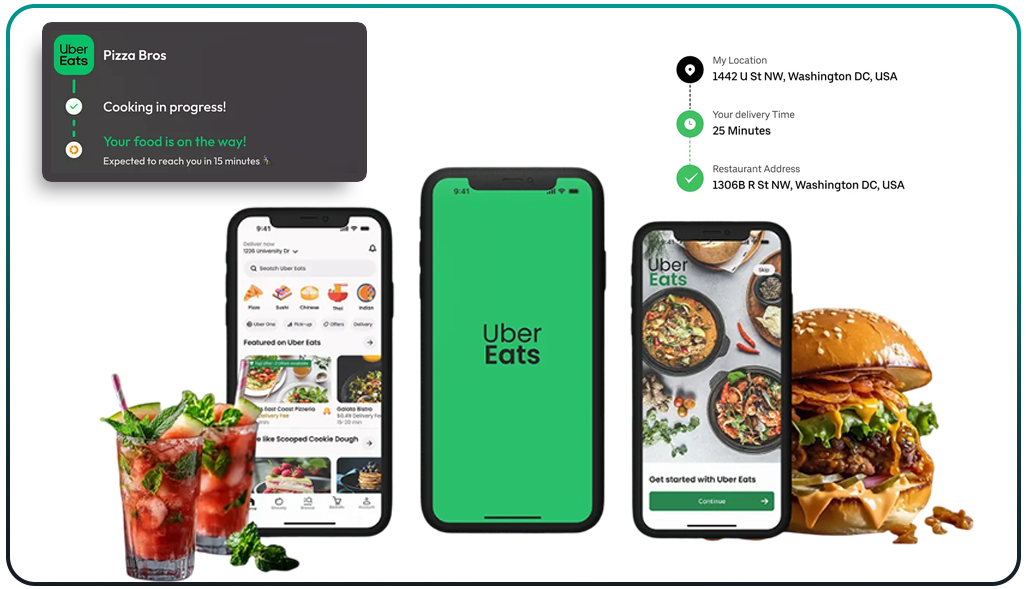
The digital food delivery landscape generates enormous amounts of data daily, making it a goldmine for businesses seeking competitive advantages. Restaurant owners, food aggregators, market analysts, and investment firms rely heavily on accurate and up-to-date restaurant information to make informed decisions.
When you learn to Scrape Uber Eats Restaurants, you can access crucial data points, including restaurant names, locations, cuisines, ratings, pricing information, and delivery areas.
This data extraction process enables businesses to:
- Identify market gaps and expansion opportunities.
- Monitor competitor pricing strategies and menu offerings.
- Analyze customer preferences and trending cuisines.
- Track restaurant performance metrics across different regions.
- Develop targeted marketing campaigns based on location-specific data.
The ability to Extract Restaurant Data From Uber Eats has become essential for staying competitive in today's fast-paced food industry environment.
Legal and Ethical Considerations
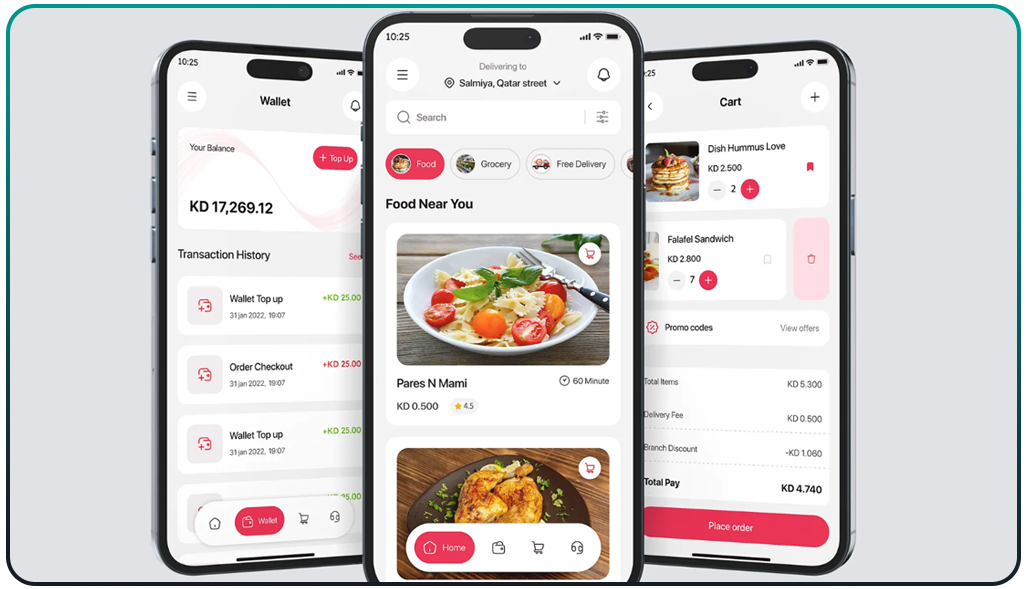
Before discussing the technical aspects of data extraction, it is crucial to address the legal and ethical implications of Scraping Food Delivery Apps.
While publicly available information can generally be accessed, it's essential to:
- Review and comply with Uber Eats' Terms of Service.
- Respect rate limits to avoid overwhelming their servers.
- Use extracted data responsibly and ethically.
- Consider reaching out for official API access when available.
- Ensure compliance with local data protection regulations.
Responsible scraping practices protect your business from legal issues and maintain the integrity of the platforms you're extracting data from.
Essential Tools and Technologies for Data Extraction
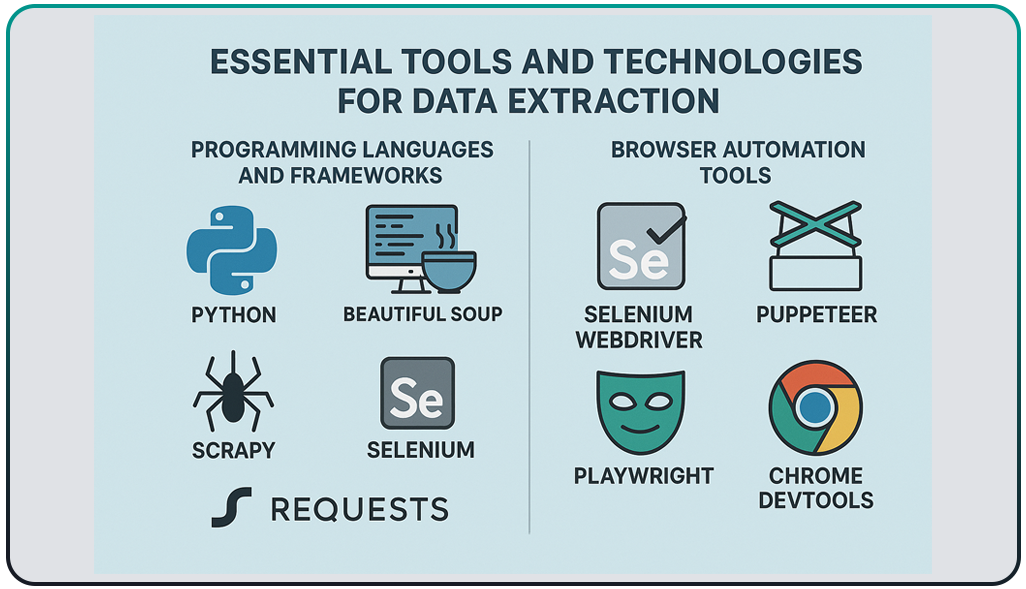
The success of your Uber Eats Restaurant Data Extraction project largely depends on choosing the right tools and technologies. Several options are available, ranging from beginner-friendly solutions to advanced programming frameworks.
Programming Languages and Frameworks
Python remains the most popular choice for web scraping due to its extensive library ecosystem:
- Beautiful Soup: Excellent for parsing HTML and XML documents.
- Scrapy: A robust framework for large-scale scraping projects.
- Selenium: Perfect for handling JavaScript-heavy websites and dynamic content.
- Requests: Simple HTTP library for making web requests.
JavaScript and Node.js also offer robust scraping capabilities:
- Puppeteer: Controls headless Chrome browsers for dynamic content extraction.
- Playwright: Cross-browser automation library supporting multiple browsers.
- Cheerio: Server-side jQuery implementation for HTML parsing.
Browser Automation Tools
Modern food delivery platforms heavily rely on JavaScript, making browser automation essential. These Best Tools To Scrape Uber Eats Restaurant Listings include:
- Selenium WebDriver for cross-browser compatibility.
- Puppeteer for Chrome-specific automation.
- Playwright for multi-browser support.
- Chrome DevTools for debugging and inspection.
Step-by-Step Implementation Guide
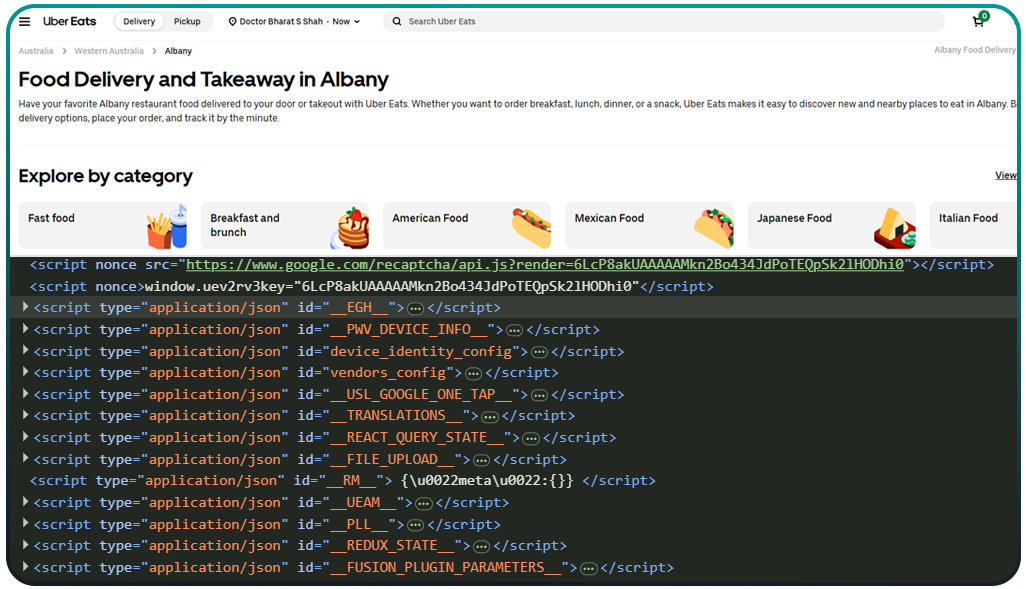
A concise walkthrough to help you plan, build, and deploy an efficient Uber Eats scraping solution from start to finish.
Environment Setup and Preparation
Begin by setting up your development environment with the necessary tools and dependencies. This Uber Eats Scraping Guide 2025 recommends starting with Python due to its simplicity and extensive documentation.
Install required packages:
pip install selenium beautifulsoup4 requests pandas
Configure your browser driver (Chrome, Firefox, or Safari) and ensure it's compatible with your automation tool of choice.
Understanding Uber Eats Website Structure
Before writing any code, spend time analyzing the Uber Eats website structure. Use browser developer tools to:
- Inspect HTML elements containing restaurant information
- Identify CSS selectors and XPath expressions.
- Understand the pagination system.
- Analyze AJAX requests and API endpoints.
- Study the website's loading patterns and dynamic content.
This analysis phase is crucial for developing an effective Food Data Scraping Solutions strategy.
Implementing Basic Scraping Logic
Start with a simple script that navigates to Uber Eats and extracts basic restaurant information.
Your initial implementation should focus on:
- Setting up proper browser automation.
- Handling page loading and dynamic content.
- Implementing robust error handling.
- Creating data storage mechanisms.
- Adding appropriate delays between requests.
Handling Dynamic Content and JavaScript
Modern web applications like Uber Eats heavily rely on JavaScript for content rendering. When you aim to Extract Real-Time Restaurant Info From Uber Eats App, you must account for:
- Waiting for specific elements to load.
- Handling infinite scroll pagination.
- Managing AJAX requests and responses.
- Dealing with lazy-loaded images and content.
- Implementing proper synchronization mechanisms.
Data Processing and Storage
Once you successfully extract restaurant data, implement proper processing and storage mechanisms:
- Clean and validate extracted data
- Remove duplicates and handle missing information.
- Structure data in appropriate formats (JSON, CSV, databases).
- Implement data backup and recovery procedures.
- Create data quality checks and validation rules.
Advanced Techniques and Best Practices
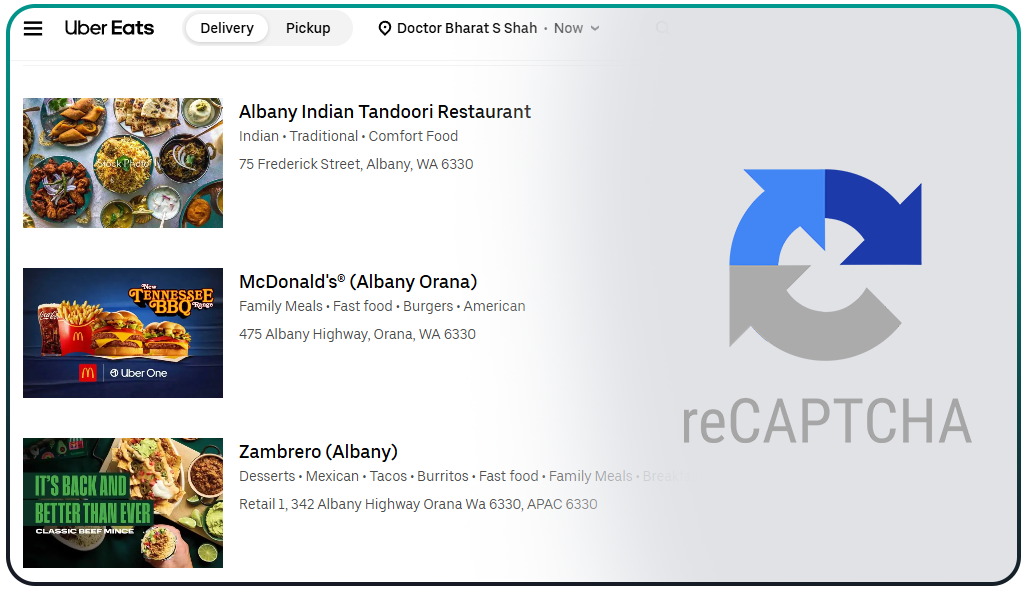
This section outlines expert-level methods and industry-proven best practices for improving reliability, bypassing detection, and enhancing performance in large-scale data scraping initiatives.
1. Rotating Proxies and User Agents
To maintain uninterrupted data access and evade detection mechanisms, it's essential to deploy Rotating Proxies and User Agents effectively:
- Use residential proxies for better success rates.
- Rotate user agents to mimic different browsers.
- Implement session management for consistent behavior.
- Monitor success rates and adjust strategies accordingly.
2. Handling Anti-Bot Measures
Today’s websites integrate advanced mechanisms to detect and block bots. Successfully Handling Anti-Bot Measures requires adaptive strategies:
- Implementing human-like browsing patterns.
- Adding random delays between actions
- Using CAPTCHA-solving services when necessary.
- Monitoring for rate limiting and adapting accordingly.
3. Scalability and Performance Optimization
To ensure high efficiency and resilience in large-scale Uber Eats API Data Extraction, apply the following Scalability and Performance Optimization techniques:
- Implementing concurrent processing with proper rate limiting.
- Using distributed scraping across multiple servers.
- Implementing caching mechanisms for frequently accessed data.
- Optimizing database queries and storage operations.
- Monitoring resource usage and performance metrics.
Alternative Approaches and Solutions
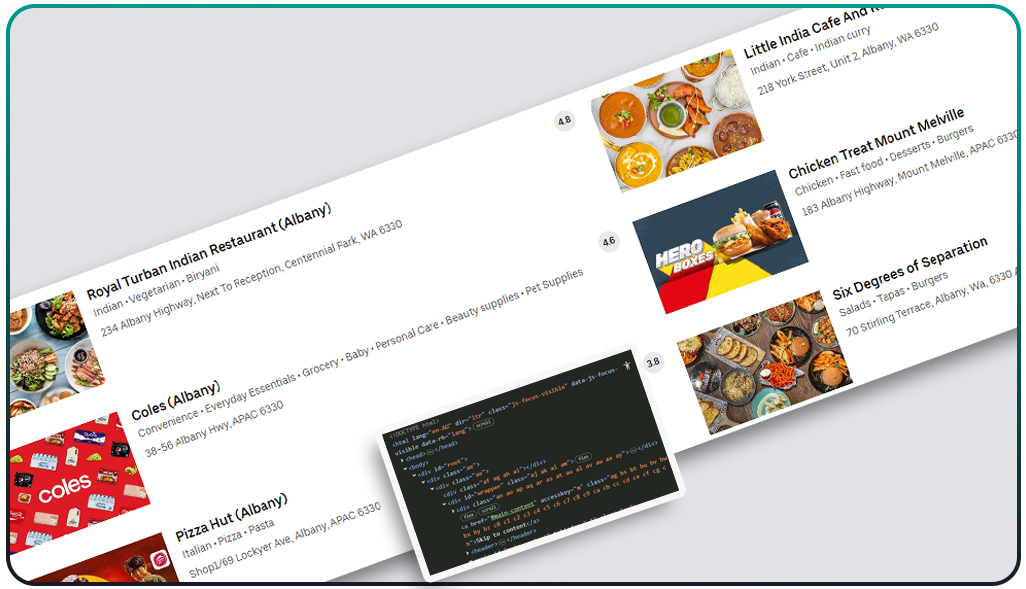
Exploring practical, legitimate, and scalable options to access Uber Eats restaurant data for business and analytical use cases.
1. Official API Access
Although Uber Eats does not provide a public API for restaurant listings, there are structured methods to access relevant data through official channels:
- Applying for official API access through Uber for Developers.
- Exploring partner programs for legitimate business needs.
- Investigating third-party API providers with proper licensing.
- Evaluating the cost-benefit ratio of official vs. unofficial methods.
2. Third-Party Data Providers
For organizations seeking quicker or more customizable access to restaurant data, third-party solutions are often an efficient choice. Several providers offer specialized services in Web Scraping For Uber Eats Services, including:
- Commercial data providers with pre-extracted datasets.
- Scraping-as-a-Service platforms with Uber Eats coverage.
- Market research companies with a food industry focus.
- Business intelligence platforms with restaurant data.
Troubleshooting Common Issues

This section outlines common technical and data-related problems and offers concise solutions to help ensure smoother and more reliable scraping operations.
1. Connection and Access Problems
Several technical roadblocks can hinder your scraping workflows when deploying Uber Eats Restaurant List Scraping. Understanding and addressing these issues early can save time and prevent data loss:
- Network timeouts and connection errors.
- IP blocking and rate limiting issues.
- Authentication and session management problems.
- Browser compatibility and driver issues.
2. Data Quality and Consistency Issues
Extracting restaurant data at scale introduces another layer of complexity—maintaining precision across all entries:
- Handling missing or incomplete restaurant information.
- Managing duplicate entries across different locations.
- Validating extracted data against known sources.
- Implementing error recovery mechanisms.
Future Trends and Considerations
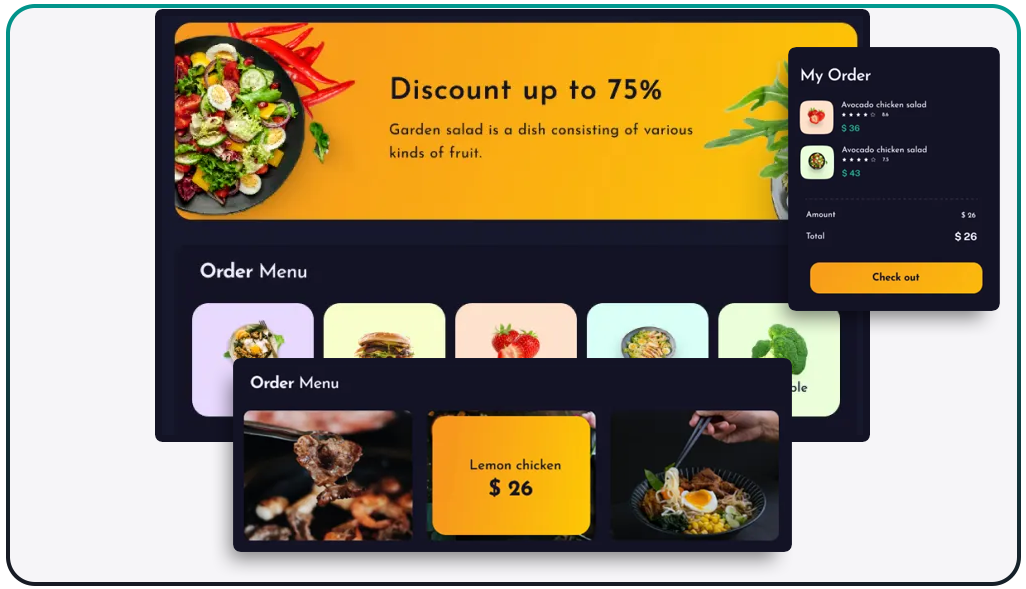
The landscape of Food Data Scraping Solutions continues to evolve with advancing technology and changing platform policies.
Stay ahead by:
- Monitoring changes in website structures and anti-bot measures.
- Adapting to new JavaScript frameworks and technologies.
- Exploring machine learning approaches for improved extraction accuracy.
- Keeping up with legal and regulatory developments in data extraction.
How Web Data Crawler Can Help You?
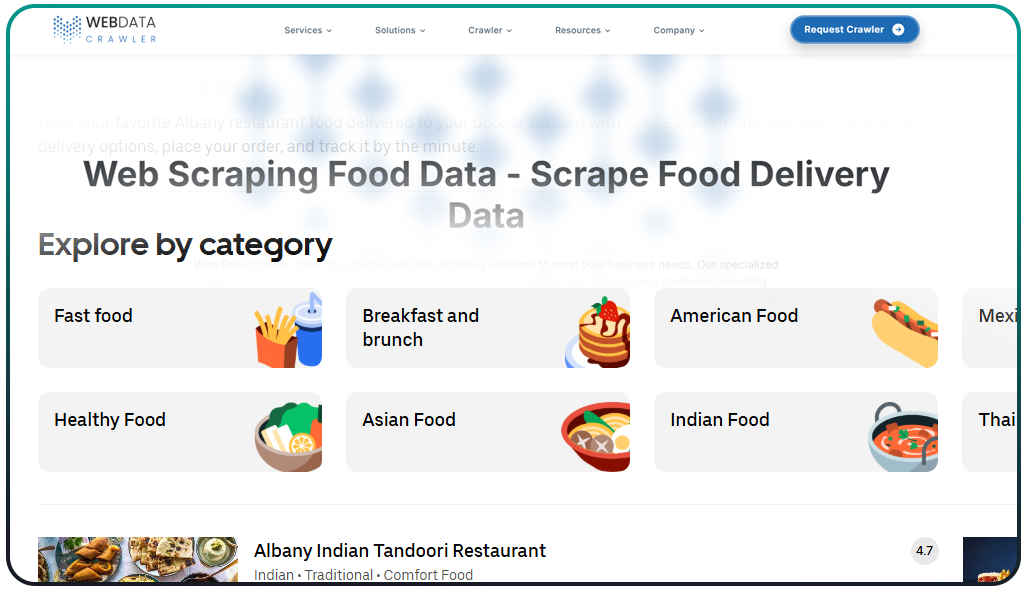
We specialize in providing comprehensive Uber Eats Data Extraction Services tailored to your business needs. Our expert team understands the complexities of modern web scraping and offers solutions that ensure reliable, accurate, and legally compliant data extraction.
Our services include:
- Custom Scraping Solutions: Tailored extraction tools designed for your specific requirements and use cases.
- Real-Time Data Monitoring: Continuous monitoring and extraction of restaurant data with automated updates.
- Data Quality Assurance: Comprehensive validation and cleaning processes to ensure accurate and reliable datasets.
- Scalable Infrastructure: Robust systems capable of handling large-scale extraction projects efficiently.
- Legal Compliance Support: Guidance on best practices and compliance with platform terms of service.
- 24/7 Technical Support: Round-the-clock assistance for troubleshooting and optimization needs.
- Custom Reporting Dashboards: User-friendly interfaces for visualizing and analyzing extracted restaurant data.
Conclusion
Mastering Uber Eats Restaurant List Scraping requires a combination of technical expertise, ethical considerations, and strategic planning. This comprehensive guide has provided the foundation to implement effective restaurant data extraction solutions.
Whether conducting market research, analyzing competitor strategies, or developing business intelligence tools, the techniques and Best Tools To Scrape Uber Eats Restaurant Listings outlined in this guide will help you achieve your objectives while maintaining compliance and ethical standards.
Ready to transform your restaurant data extraction capabilities? Contact Web Data Crawler today to discover how our expert team can help you implement professional-grade scraping solutions tailored to your business requirements.
Source : https://www.webdatacrawler.com/effective-uber-eats-restaurant-list-scraping-guide.php
Orriginally published by https://www.webdatacrawler.com/
#UberEatsRestaurantListScraping, #RestaurantDataExtraction, #ScrapeUberEatsRestaurants, #ExtractRestaurantDataFromUberEats, #UberEatsRestaurantDataExtraction, #FoodDataScrapingSolutions, #UberEatsDataExtractionServices, #WebDataCrawler